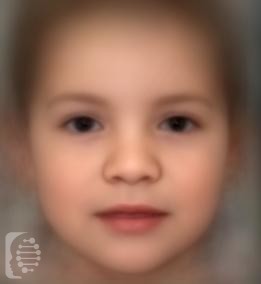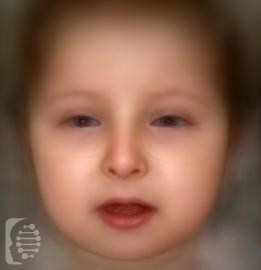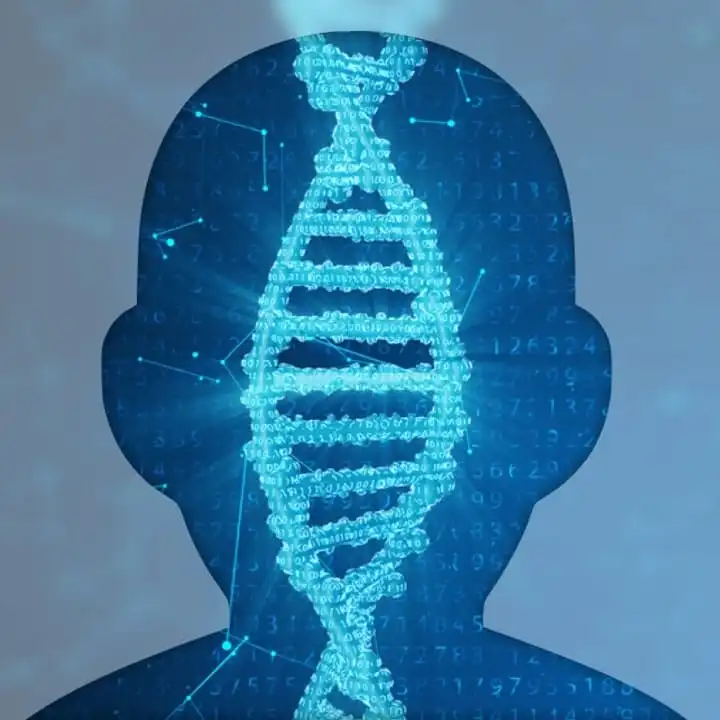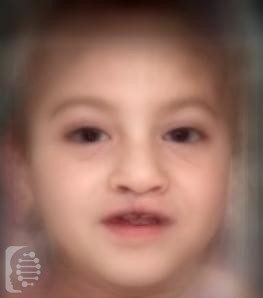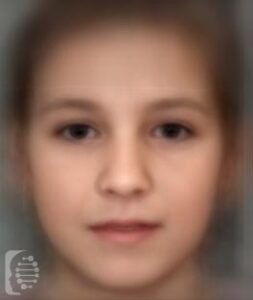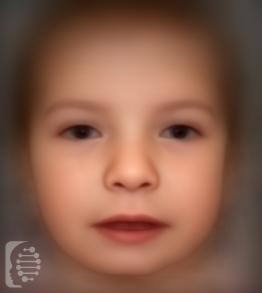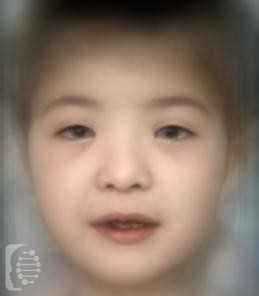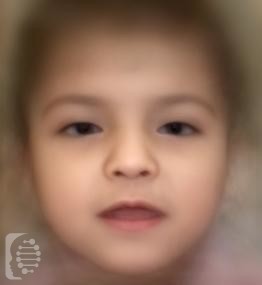
Gomez-Lopez-Hernandez syndrome (GLHS)
Gomez-Lopez-Hernandez syndrome is a rare genetic syndrome, the causes of which are still being researched. The main symptoms of the syndrome include alopecia (complete or partial), numbness of the face, sinuses and mouth (trigeminal anesthesia) and a brain abnormality (rhombencephalosynapsis). This syndrome is also known as:Cerebello-trigeminal-dermal Dysplasia; Cerebello-Trigeminal-Dermal syndrome; GLH Syndrome Gomez-Lopez-Hernandez Syndrome The exact […]



